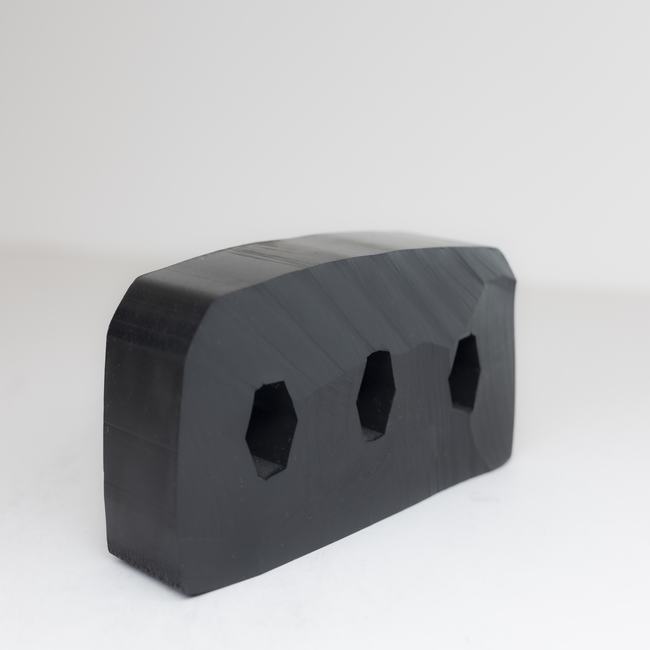Ship seals, also known as marine seals or vessel seals, refer to a variety of sealing solutions and components used in the maritime industry to maintain the watertight integrity of ships and their various systems. These seals are crucial for preventing water ingress, ensuring safety, and preserving the structural integrity of vessels. Ship seals can be found in numerous applications on a ship, including hatches, doors, windows, bulkheads, and more. Here’s a detailed description of ship seals:
1. Types of Ship Seals:
- Hatch Seals: These seals are used to create watertight and airtight closures for cargo hatches on ships. They ensure that water does not enter the cargo hold, protecting the cargo from moisture and seawater.
- Door Seals: Door seals are used on various types of doors throughout the ship, including watertight doors, weathertight doors, and access doors. They prevent water from entering different compartments, especially in case of emergencies.
- Window Seals: Window seals are applied to windows and portholes to keep water out and maintain visibility. They are commonly used in cabins, control rooms, and other areas where windows are installed.
- Bulkhead Seals: Bulkhead seals are used to seal the openings or joints between bulkheads (walls) in the ship’s structure. They ensure that water cannot pass between different compartments.
- Shaft Seals: Shaft seals are employed in the propulsion system to seal the gap between the ship’s hull and the propeller shaft, preventing water from entering the ship.
- Manhole and Scuttle Seals: These seals are used on manholes and scuttles, providing watertight closures for access points to tanks and compartments on board.
2. Material Composition:
- Rubber or Elastomeric Materials: Many ship seals are made from rubber or other elastomeric materials due to their flexibility, resilience, and ability to create effective seals under pressure. Neoprene, EPDM, and silicone rubber are commonly used.
- Metal Components: Some seals may include metal components, such as stainless steel, to provide structural support and enhance durability.
3. Features and Characteristics:
- Watertightness: Ship seals are designed to provide a watertight seal, ensuring that water cannot enter critical areas of the vessel, such as cargo holds, engine rooms, and living quarters.
- Corrosion Resistance: Seals used in marine environments are typically resistant to corrosion caused by exposure to saltwater and other harsh elements.
- UV Resistance: Seals exposed to sunlight and outdoor conditions, such as window seals, are often UV-resistant to prevent deterioration.
- Pressure Resistance: Some seals, like shaft seals, must withstand high water pressure while maintaining their sealing integrity.
- Ease of Installation and Maintenance: Ship seals are designed to be installed and maintained with relative ease, as ships require regular inspections and maintenance.
4. Applications:
- Cargo Ships: Hatch seals and door seals are critical for cargo ships to protect the cargo from seawater during transit.
- Passenger Ships: Window seals, door seals, and bulkhead seals are essential for passenger safety and comfort on cruise ships and ferries.
- Naval Vessels: Military vessels require a range of seals to maintain operational security and integrity, including seals for hatches, doors, and access points.
- Offshore Platforms: Seals are used on offshore platforms to protect against seawater ingress and ensure the safety of personnel.
- Fishing Vessels: Fishing vessels use seals to maintain watertight compartments for storing catch and equipment.
In summary, ship seals are integral components of maritime safety and operational efficiency. They are designed to create watertight seals in various ship applications, preventing water ingress, maintaining structural integrity, and protecting cargo, equipment, and crew members from the harsh marine environment. Proper selection, installation, and maintenance of ship seals are essential for the safety and reliability of maritime operations.

